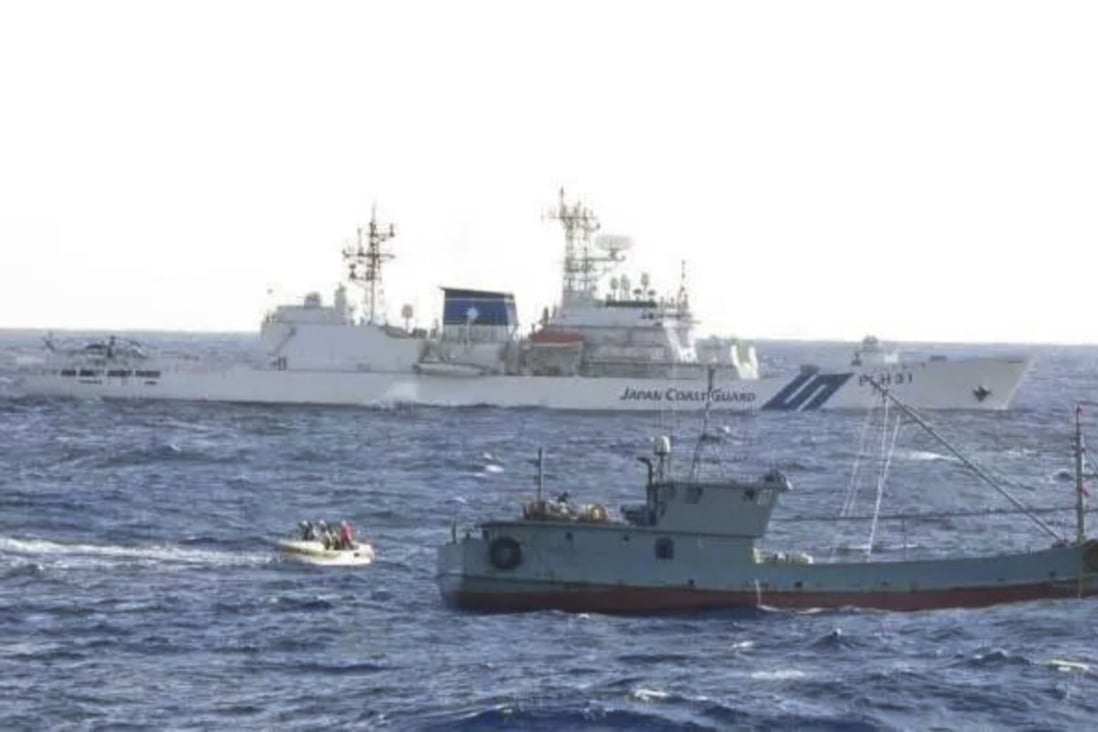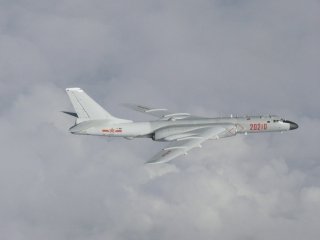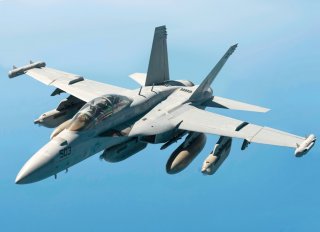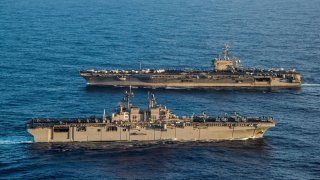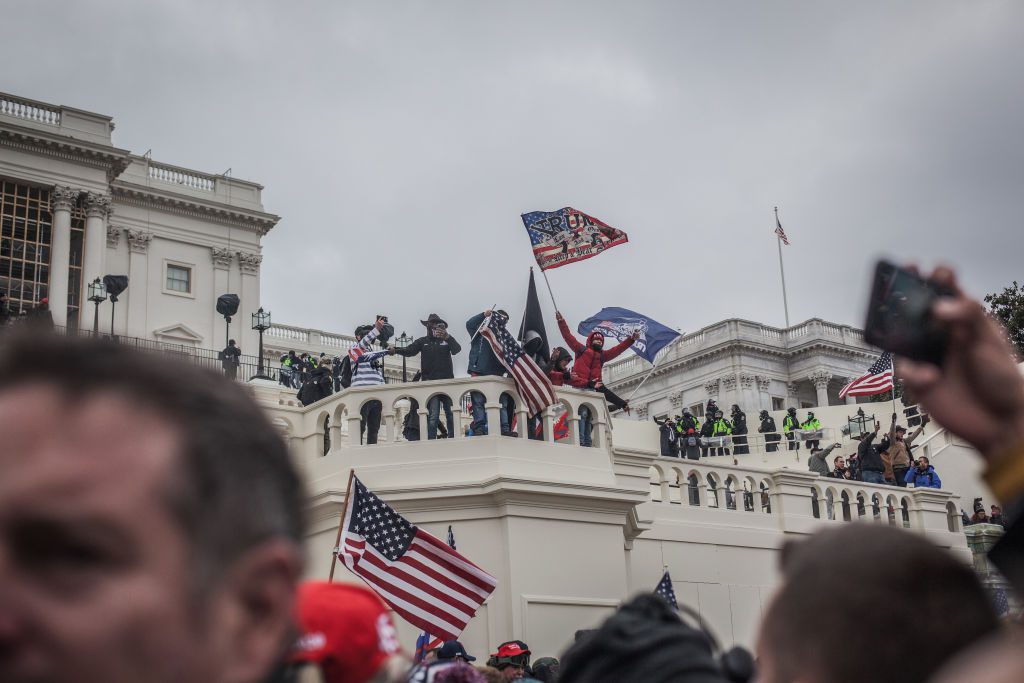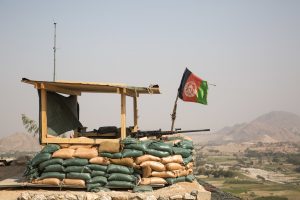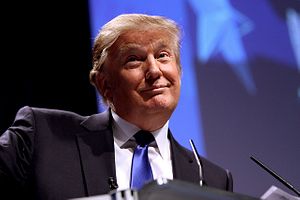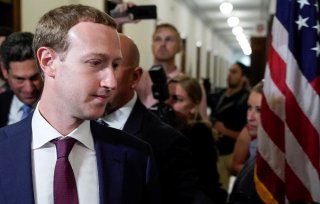How does the Chinese Communist Party (CCP) rule China? While a good deal of external analysis and media coverage centers on the view from Beijing, it is in China’s towns, cities, and villages that the real governing action occurs. And this is where most Chinese citizens encounter the CCP as an organization. While Xi Jinping may be the most well-known CCP member, it is the local Party secretary who instantiates the Communist Party.
The town of Niangziguan (population 11,446) is located 224 miles southwest of Beijing, near the junction of the Shanxi and Hebei provinces. Nearly 30,000 tourists arrive each year to visit its many scenic spots, the most famous being the remnants of the Guguan Great Wall, which was first built in 369 BC. The influx of tourists aside, like many other towns and villages around the country, Niangziguan struggles to balance its present agricultural realities with the many aspirations its people and town leadership have for its modernization potential.
There are many towns like Niangziguan throughout China, and they provide important windows into the lived realities of the CCP’s mechanisms and tools of governance and control. While the CCP general secretary dreams of China’s global ascendency and country’s great “rejuvenation,” more prosaic concerns dominate in small towns and villages.
In order to better understand local-level governance, the CSIS Freeman Chair is releasing the following translation of an official notice by the town’s CCP committee on the eve of the seventieth anniversary of the founding of the People’s Republic of China (PRC) in 2019. The lengthy document comprehensively catalogues various economic, political, and security risks, many of them understandable, while others seem more fanciful or remote. Interestingly, a large portion of the document is focused on protecting Niangziguan from so-called “hostile forces,” including overseas elements of the Catholic church and pro-democracy activists. While it is possible that Niangziguan officials truly believe that the town must actively guard against “color revolutions” (as the document declares), it is more likely that Xi Jinping’s relentless campaign to snuff out any and all threats to the CCP has infused small-town governance. Regardless, the document is a revealing window into the concerns of the CCP in the first half of the twenty-first century.


